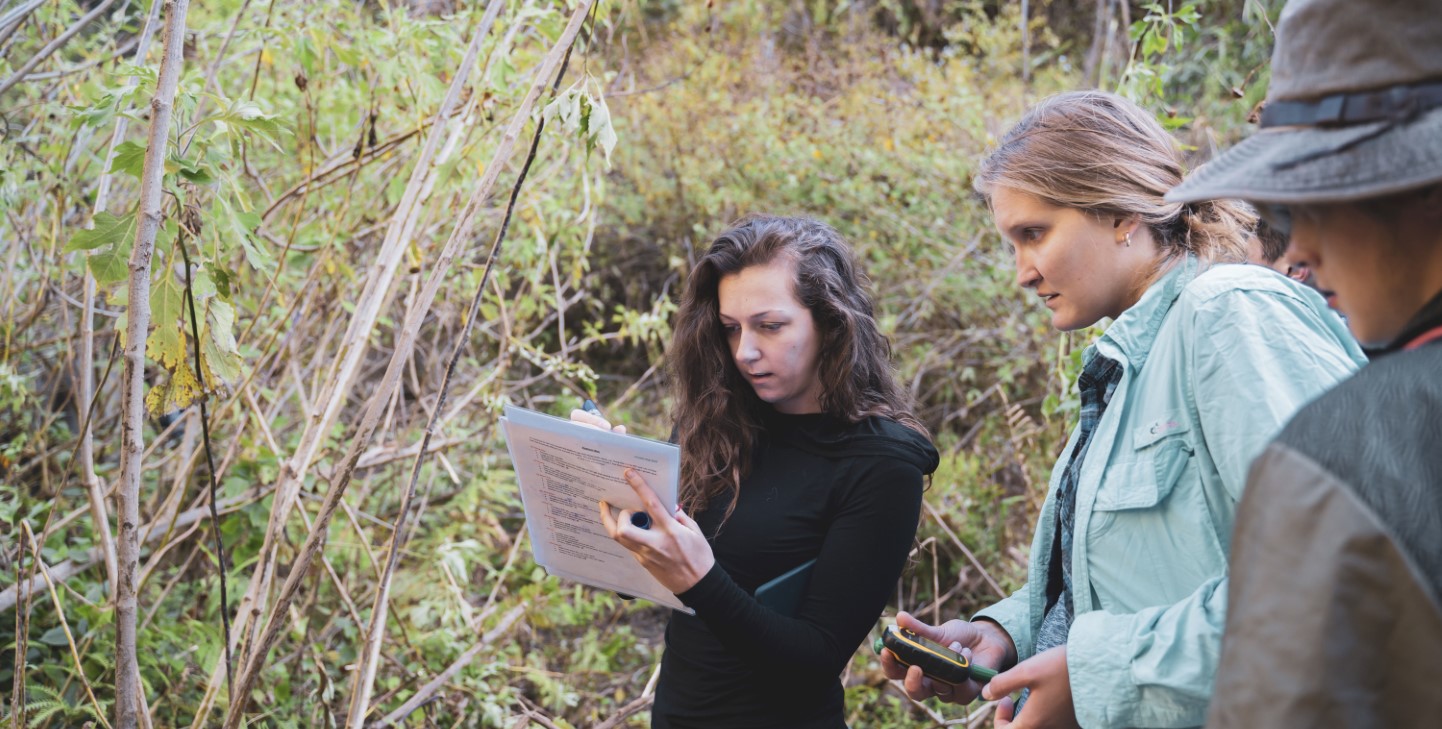Explore the different types of peccaries found in Costa Rica, as well as their importance in the local ecosystem, habitats, behavior, and social structure.
GVI
Posted: May 10, 2023

GVI
Posted: February 23, 2023
The world is home to an amazing diversity of species – each with its own unique contribution to make to our planet. Unfortunately, many of these species are increasingly under threat due to human activities. In order to save vulnerable wildlife populations, it is crucial that we all take action to protect their habitats, and reduce the risks facing them. This article will take a closer look at the challenges of wildlife conservation and explore some of the ways we can help ensure that the future of our planet’s species is secure.
One of the biggest threats to biodiversity is the growing impact of human activity. This includes industrial development, land use changes, pollution, deforestation and other destructive practices. All of these activities can have a devastating effect on wildlife populations, threatening the habitats and resources they need to survive. To combat this problem, it is essential that governments and organisations work together to develop effective environmental policies that minimise the destructive effects of human activity on nature.
In addition to policy development, it is also important to raise awareness and educate people on the importance of protecting wildlife. This can be done through campaigns, public events, and educational programs. By increasing public understanding, we can create a more informed and engaged population that is better equipped to make decisions that protect the environment and its inhabitants.
Climate change is one of the greatest threats to global biodiversity, with many species already facing serious risks due to rising temperatures and other climatic changes. From shifting precipitation patterns to extending fire seasons, climate change is affecting ecosystems in profound ways – and wildlife populations are particularly vulnerable. In order to mitigate the impact of global warming, scientists and politicians must work together to reduce our emissions and halt the march of climate change.
In addition to reducing emissions, conservationists are also working to protect wildlife habitats from the effects of climate change. This includes restoring wetlands, planting trees, and creating corridors that allow species to migrate to more suitable habitats. By protecting and restoring habitats, we can help wildlife populations adapt to the changing climate and ensure their survival for generations to come.
In addition to policy actions, local communities play an important role in wildlife conservation. By engaging with local communities and understanding their needs, conservationists can find ways to integrate sustainable activities with wildlife conservations goals. For example, working with local communities to create ecotourism opportunities or education programs can help foster relationships between people and nature. It’s essential that conservationists develop effective strategies for working with local communities if wildlife populations are to be successfully protected in the future.
Wildlife conservation isn’t just good for biodiversity; it also offers economic benefits. Protected natural areas can attract more tourists, providing additional income for local communities. Moreover, preserving intact ecosystems helps alleviate famine by ensuring that agricultural practices are sustainable and efficient. Protecting wildlife can also lead to critical breakthroughs in medical research due to the many valuable compounds found in plants and animals.

Habitat destruction is one of the biggest threats to global biodiversity. When natural habitats are destroyed for industrial purposes or intensive agriculture, sensitive species can become isolated and unable to find new sources of food or shelter. To preserve biodiversity, it is important that governments work with companies and landowners to reduce destruction of critical habitats. This could involve policies such as creating protected natural areas or developing “green” technologies that minimise destruction.
Protecting areas of land and sea is crucial for preserving global biodiversity. Establishing protected areas puts a stop to human activities that damage precious habitats and exposes species to risk. These areas can also be used as research laboratories where scientists can explore ways to save endangered species or study how ecosystems change over time. Ultimately, creating and maintaining protected areas helps ensure that our planet’s precious wildlife is secure.
Creating environmental awareness in local communities is essential for successful wildlife conservation efforts. Education about endangered species and their habitats is crucial for generating support for conservation initiatives. Moreover, educating children about nature from an early age is an important way of fostering an appreciation for the environment that can continue into adulthood. Additionally, having accurate information about species threatened by climate change or other human activities can help inform public opinion.
Technology continues to offer increasingly innovative solutions for protecting vulnerable species and habitats in our world. From using drones to monitor poaching or illegal fishing activity, to using predictive tracking software that warns about potential threats in advance, technology can provide powerful tools for protecting biodiversity. However, it is important that these solutions are used responsibly. It is also important that technology solutions are tailored for local conditions as this will help boost sustainability and ensure greater success when deployed in different contexts.
Wildlife conservation presents a huge challenge for us all. By being aware of the threats facing our planet’s species and taking action at both local and global levels, we can help protect vital habitats and ensure that biodiversity flourishes into the future.
If you have a passion for wildlife conservation and want to make a meaningful impact, consider joining a volunteer program or internship with GVI. You can work on projects globally, from sea turtle protection in Costa Rica to researching marine biodiversity in Thailand and wildlife conservation in South Africa.

Explore the different types of peccaries found in Costa Rica, as well as their importance in the local ecosystem, habitats, behavior, and social structure.
GVI
Posted: May 10, 2023